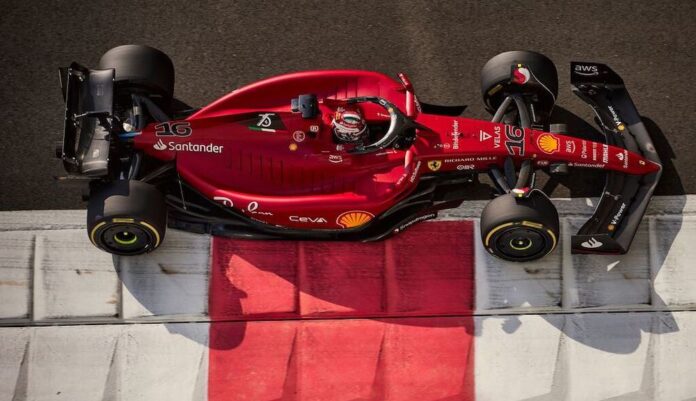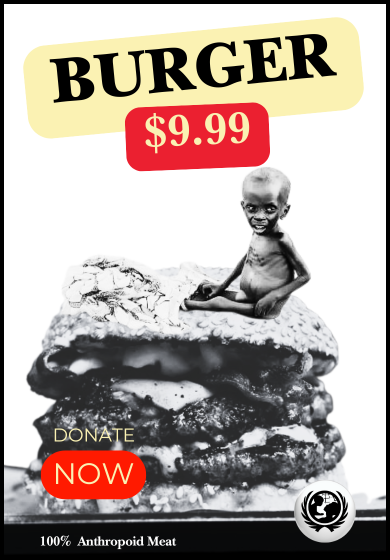2022 was a big year for changes in Formula 1, headlined by the likes of the new aerodynamic regulations that completely changed the look of the cars, or the cost cap that tripped up Red Bull but is making each team much more financially secure than in the past.
Against the backdrop of F1’s push to be net zero carbon by 2030, and with it the introduction of a 100% fully sustainable fuel in 2026, the switch to E10 fuels – made up of 90% gasoline and 10% renewable ethanol – last season wasn’t a regular topic of conversation. That’s despite the boss of Mercedes High Performance Powertrains Hywel Thomas describing it as “probably the largest regulation change we have had since 2014” a year ago.
Not everyone has worked in F1 for that period of course, and for Shell’s motorsport delivery manager Valeria Loreti, it has been three years since she took on her dream job in the sport after having worked for the company since 2005. She bases herself with Ferrari at grands prix, but her role has changed even in that relatively short time due to the arrival of E10 regulations.
“Previously the development was more stretched out – in the past we used to bring upgrades through the years, so it was fast but small and light-touch elements, because it was a continuous pipeline with continuous improvement,” Loreti explains. “In this case we needed to make a fuel in 2020 and 2021 to last for one full season. That was a big difference because you knew you had no chance to improve it, so it needed to meet the expectations, which are always very high.
“It does increase the pressure, but it gives you more opportunities. When we had the very fast development cycle we brought three or four upgrades during the season, so you only had to take the safe shots. In this case, when you look over one year – and for 2026 we have even more time – we have the chance to really explore areas that before were taboo.
“Obviously you don’t take high risk, high gain opportunity because if it doesn’t work then you have nothing. So we really had to reset how we develop our fuels. We got to work even more closely with our partners in Maranello because you go through joint loops where the power unit is further developed and the fuel is further developed and the goal is really to try and match the two so that they are made one for the other for their lifetime.”
One of the coolest aspects of F1 is the continuous drive for technological improvement, seeking ways to make a car go faster wherever the regulations allow. Shell has more than 50 technical staff dedicated to fuel and oil development for the F1 program in its Hamburg facility, and invests more than 21,000 hours for every year.
“We really have to find all the nuances and the subtleties to make this product the best for this power unit,” Loreti says. But the way that work takes place has evolved enormously.
“The digital element has been helping us a lot. Ten or 15 years ago, the main improvements were based on knowledge of the people but also a trial and error approach to tests in the lab and in the engine. That means you can have tens of samples developed in the lab and tested and a couple of them go in the engine.
“Now we have the opportunity to model the properties of the fuel based on the components you put inside. We have all these algorithms made by very clever people that have developed this tool to predict the properties based on the combustion chemistry of the components.

Shell’s trackside laboratory has been housed within Ferrari’s motorhome setup for years, but the approach to developing fuel for use in F1 has changed enormously over the past decade, and became even more critical with the arrival of E10. Image via Shell
“What happens is, we can ideally put in as much data as we want, and last year for this E10 fuel we have done more than one million simulations. It’s just so far above what we used to do, and that obviously gives you a huge amount of opportunities. You produce what is kind of a bubble of model fuels and then you just select them based on their properties depending on how the engine responds.
“The engine has an appetite and that is tested and modeled so these digital worlds combine at a certain point and that has helped our work with Ferrari – you really feed one into the other. You can see ‘What is it that you need? What is it that we have?’ and then you can put it together.”
Even though it is bespoke for each power unit, E10 fuel isn’t something new to the suppliers in F1, given its wide availability on the global market. But the 100% fully sustainable target for 2026 is a huge step.
Sebastian Vettel demonstrated some solutions at races last year and believes the sport should be introducing them more quickly, but Loreti says there are many aspects that need to be considered above and beyond the end product if it’s going to make a real difference to not just F1’s footprint but wider society.
“When you talk to the drivers, everything needs to be now -– they live very fast!” she says. “But obviously you need to get it fast, you need to get it right and you need to get it in a really sustainable way. So it’s very important that we go down to the roots and think what is it that Scuderia Ferrari needs? They will definitely need power, they will need efficiency in the fuel, but they will also need sustainability.
“This element of sustainability needs to be really solid – the regulations look at the whole life cycle of the fuel, so it’s not just picking up something that has been done I don’t know how, but looking at the whole greenhouse gas emissions.
“This is a very solid approach, because it’s very close to what the energy directive does for road fuels. The regulations prescribe similar chemistries that we have in road fuels, and all of this is the best platform we have. We have a couple of years to research into something which is going to be sustainable, applicable to road fuels – because the rules are very, very close – but also very innovative because what Ferrari wants, and Formula 1 wants, is the best of the best. You can’t just take what’s already there, you really have to find a new opportunity.”
Loreti calling this her ‘dream job’ highlights her personal interest, but F1’s fuel changes are also important for the wider involvement of the brands such as Shell, ExxonMobil, Petronas, BP and Aramco. Heading in the direction that it is for 2026 means that an F1 power unit becomes central to the pursuit of solutions that will benefit everyday drivers.
“Formula 1 has chosen the way of sustainability, which is absolutely in line with the changes in society and also in line with the goals we have on a corporate level,” Loreti says. “Shell has claimed by 2050 or earlier we want to become a net-zero carbon energy supplier.
“If you look at the future, there will likely be different energy to supply to society, but you will still have a very important role for biofuels to play. ‘Sustainable fuels’ is a huge definition, and all bring some kind of properties.
“For Formula 1 we have the ability to pick and choose, to modify these elements in order to get the quality that we need. This gives us a research and innovation platform that we can exploit to generate new knowledge and new understandings, maybe identifying some things that are actually valuable for road fuel application.
“We want to do more. It’s going to be two projects in parallel, because for Ferrari we still need to make this tailor-made fuel that really meets their requirements for the specific power unit – that’s going to be evolving as well – but then out of that we extract the knowledge for the teams that develop the new Shell V Powers of tomorrow.
“This is a great opportunity because we can really test in a new asset, and we have completely new ingredients. It’s like being in a new kitchen.”



